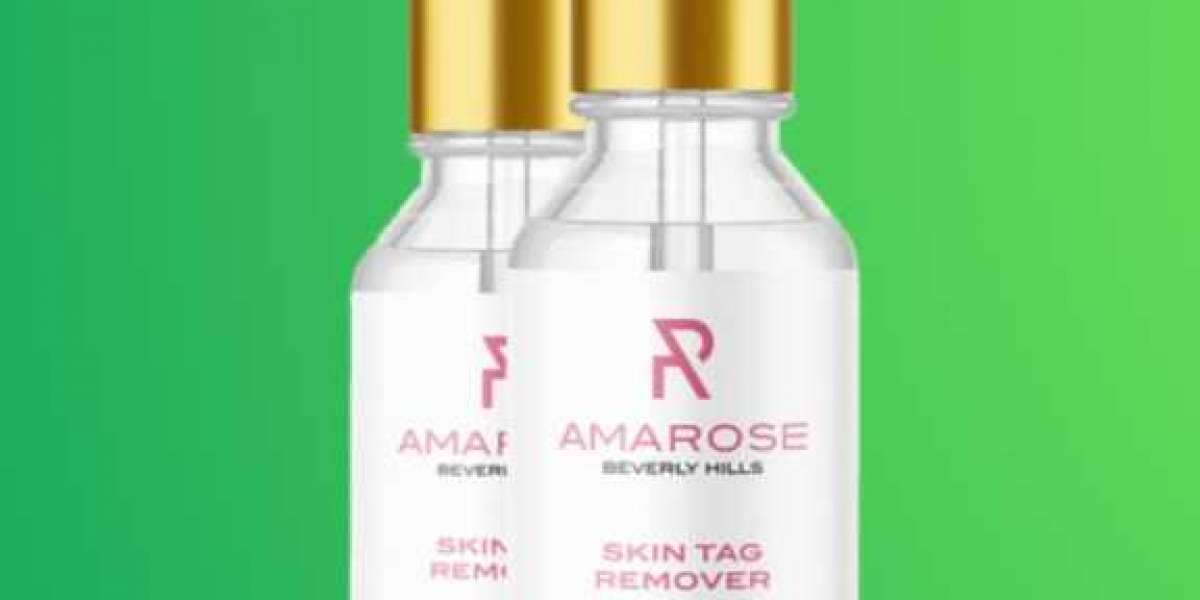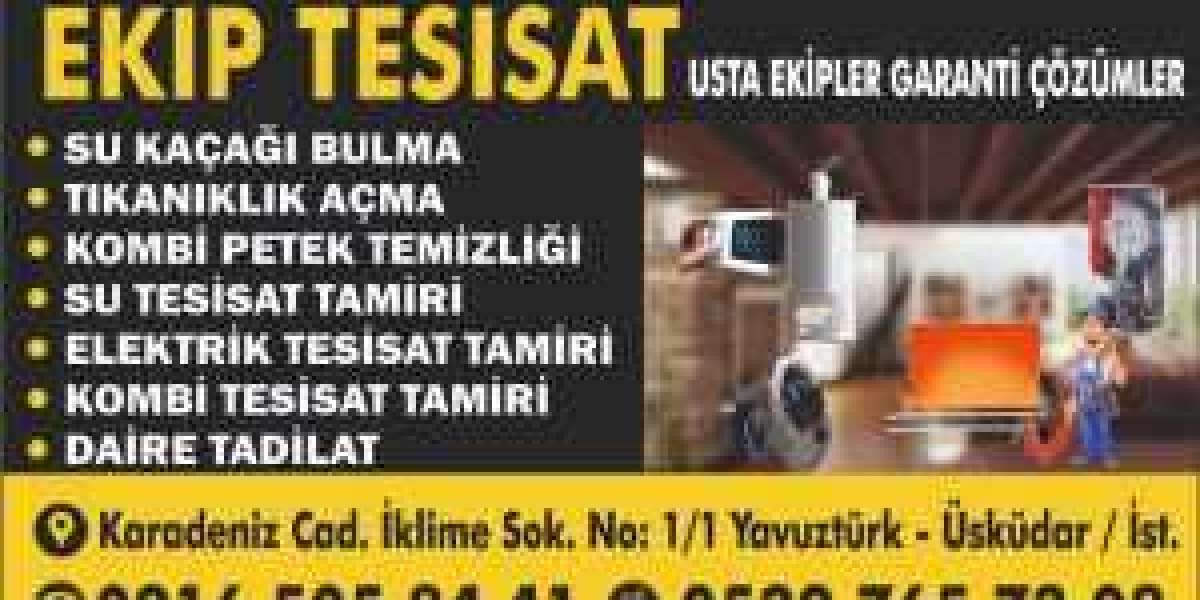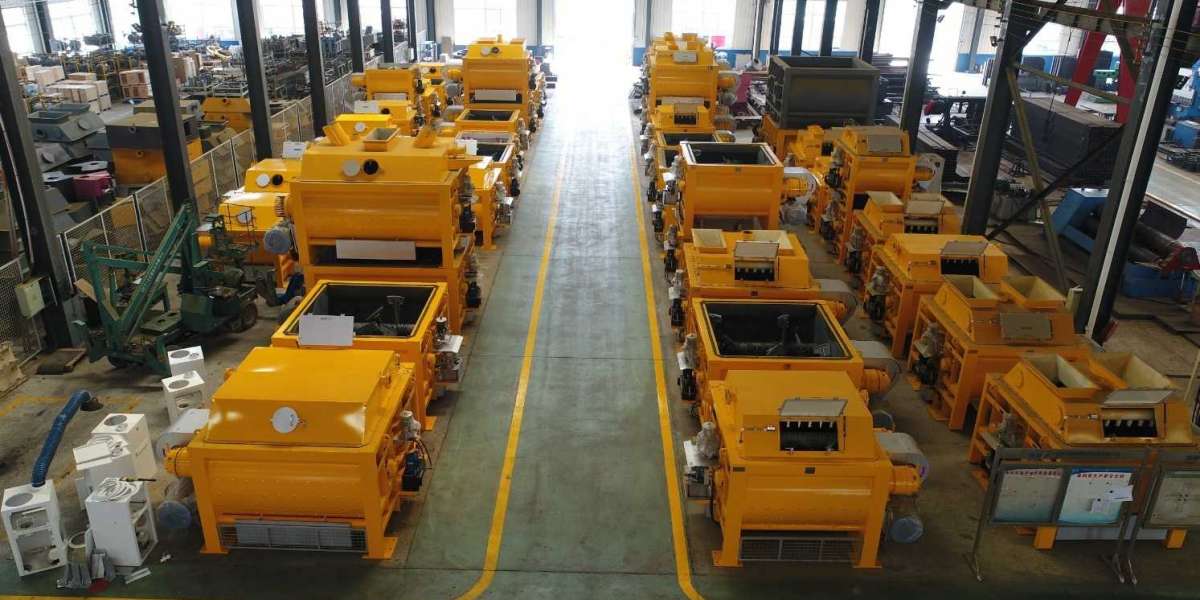hengyuwooden.com
For some years now, wood has received an increasing amount of attention in the construction industry. With concerns raised about sustainability and the carbon footprint of buildings, new construction methods and innovative possibilities in the use of timber have developed rapidly. This interest in wood stems in part from its renewability, though this benefit is contingent on sustainable logging and the appropriate management of forests to be allowed to regenerate naturally. However, it is the versatility of wood that serves as the primary impetus for its widespread use. From boards, to beams, to floors, and even to thermal and acoustic tiles and insulators, wood can be used in several different stages of a single project and with different degrees of processing and finishing.
These boards have various of usages, for example they can be used as construction wood board, furniture wood board and decoration wood board. They can even be used for fitness, fitness equipment and wooden crafts.
In the case of the manufacture of furniture, wall coverings, ceilings, and even floors, the use of boards is an economical and functional way of incorporating wood into buildings. There are several options for wooden boards on the market, and each uses a different manufacturing process involving fibers, particles, fragments, or sheets, resulting in specific uses. Next, we select the most commonly used wooden boards, including their characteristics and main uses:
MDF (Medium Density Fiberboard)
MDF boards are made of wood fibers bonded by synthetic resin and compressed through pressure and heat, resulting in a solid and very uniform board with good finish and durability. Because the fibers are randomly oriented, the machine can cut them in any direction, delivering a smooth surface to the touch. Naturally, the board does not resist water well, but there do exist options on the market that are more resistant to moisture and sometimes even fire.
Chipboard and MDP (Medium Density Particleboard)
Chipboard is created by pressing wood debris, such as sawdust and dust, with resin and glue. Over time, this material has given way to other solutions such as the MDF or its nearest replacement, the MDP. It can be finished with paints and varnishes, but they rarely stick, since the surface is not smooth or uniform. The main advantage of this agglomerate is its low cost. Its uses are similar to MDF, but specific types of hardware and connections must be used to obtain a satisfactory result. The resulting panels are widely used in the production of simple furniture.
Plywood
Plywood boards are made of overlapping wood sheets glued perpendicularly and heat pressed. Just as with cross laminated timber (CLT), cross-directional fibers in plywood allow the board to withstand greater stress. Plywood's use is quite varied. It can be used for furniture, floors, ceilings, doors, and countertops among others. It is also compatible with paints and glues of natural sheets or melamine.
And there are still many other types of wood boards like solid wood board, paulownia wood board, poplar wood board, etc.
Dry cabinets come in various shapes and sizes and there are different technollogies available, such as dehumidifying cabinet, electronic dry cabinet, dry nitrogen cabinet, baking dry cabinet, etc. As opposed to it's name, a dry cabinet's purpose is not to provide an environment devoid of any humidiy, as this might actually be detrimental to the equipment encased within. Much like a cigar humidor, the dry cabinet’s job is to maintain an optimal relative humidity. Most dry boxes are equipped with a hygrometer to allow you to check the humidity level inside.
How does a dry cabinet work?
Dry boxes can be broadly divided into two categories: active and passive. A passive model utilizes a dessicant inside an airtight sealed box, and typically offers limited control over the humidity level. These boxes require no electricity to operate, but need regular dessicant changes (or reactivation for multiple-use dessicant), especially when activelly used. Therefore, a passive dry box is a good solution when power consumption is an issue, for example in an off-the-grid application. For regular home use, an active dry cabinet is generally a simpler and more effective solution.
The typical active dehumidifying cabinet is an enclosure with electronic humidity control that automatically maintains a stable relative humidity (RH) at a preset level. Simpler models usually feature a small Peltier element to condense and remove the air-bourne moisture. More advanced models operate using multi-porous molecular sieve desiccants with automatic regeneration mechanisms. Electronic dry boxes are much more precise and reliable than passive models, but do require a constant power source.
Do you need a dry cabinet?
Whether or not you need a dry cabinet depends on your location, climate, gear and use patterns. Climate is generall the number one factor determining the need of such a device. If you live in a warm, humid climate like Southeast Asia or equatorial states, chances are a dehumidifying cabinet would be a wise purchase. Even the cooler temperate climate can provide enough moisture to cause trouble in the right conditions, especially in seaside areas.
Usage patterns are the second most important factor when you consider a dry cabinet for your equipment. If you constantly use your gear, day in and day out, the chances of it developing moisture related issues is minimal even in a moderately humid climate. Having the cameras out in the open, in sunlight and air, would usually suffice to prevent fungal growth in all but the most extreme cases.
On the other hand, if you find yourself storing your equipment for several months at a time, you might find a nasty surprise under a lens cap one day. The risk of fungus issues increases if you often work in wet, dewey conditions. In a humid environment, gear will accumulate moisture even if kept out of the rain. Putting away equipment in a dark, warm cabinet after such a shoot is a great way to grow some fungi.
Except for dry cabinet, many other customized cabinet solutions also become more and more popular, like heating oven equipment, semiconductor oven, precision oven and automatic tunnel furnace.







